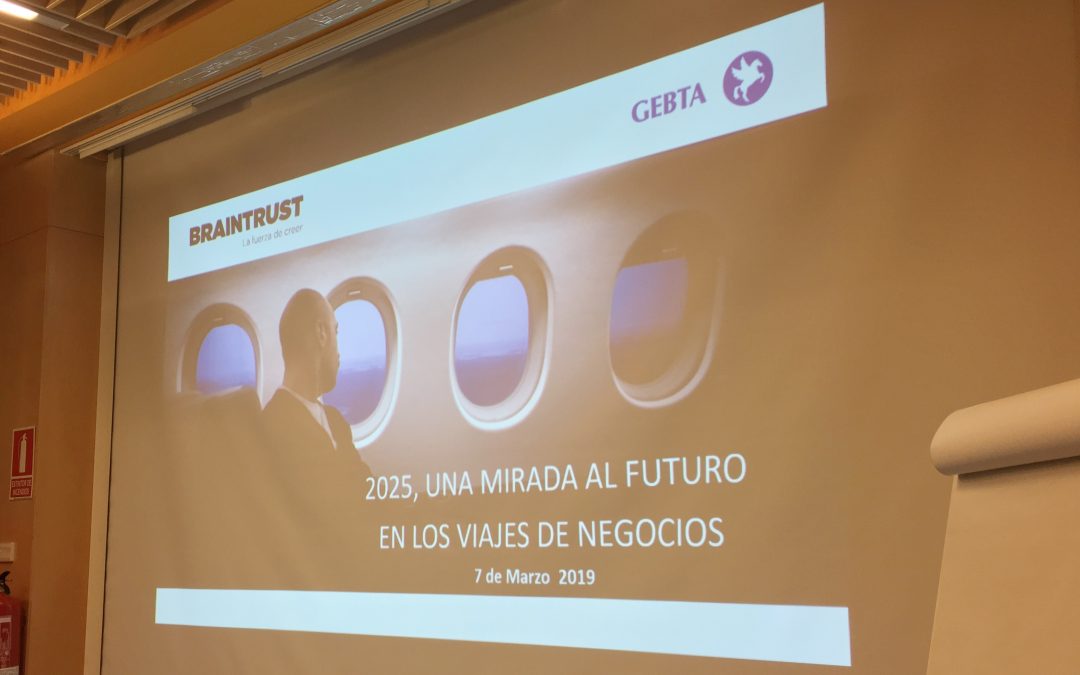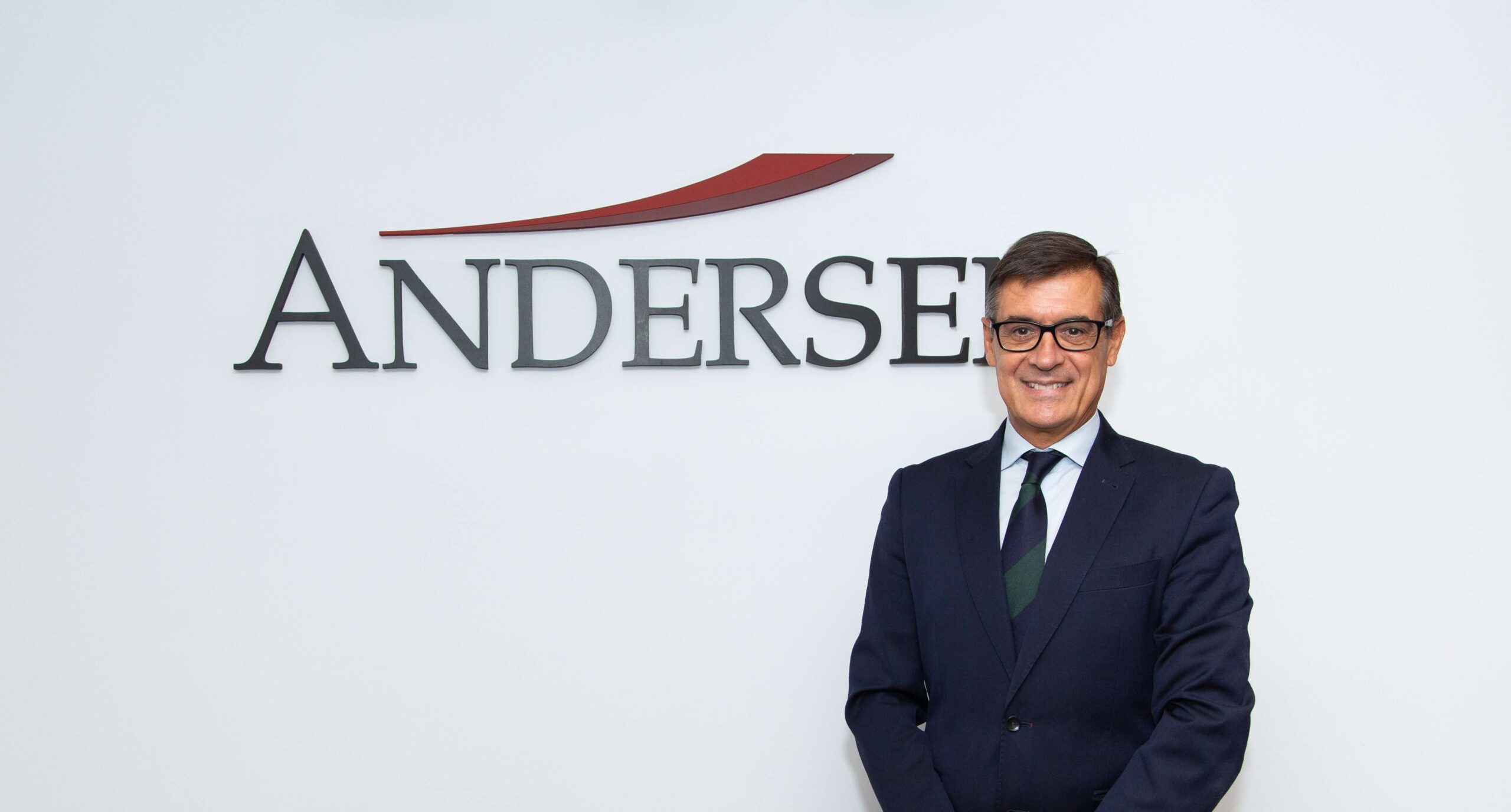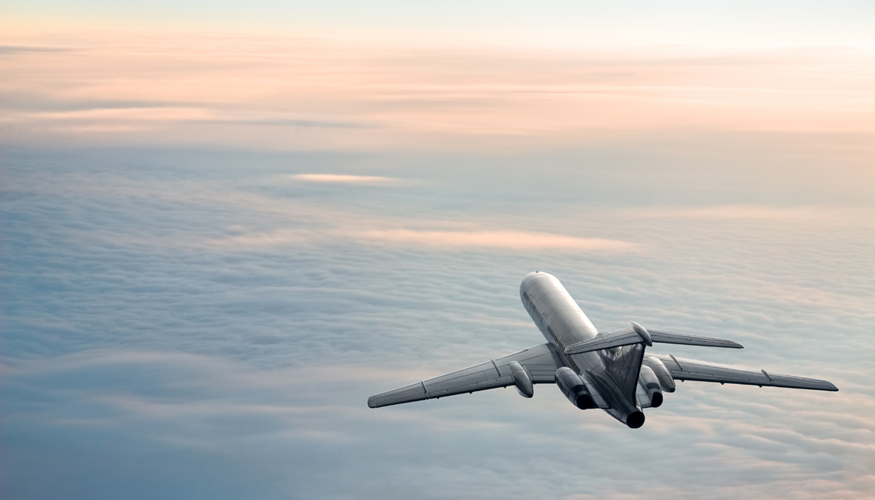The market volume of business travel in Spain will evolve from 12.5 billion euros per year in 2018 to 15.2 billion euros in 2025 in a moderate scenario according to data from the study "2025, a look at the future of business travel" conducted by GEBTA and BRAINTRUST. This market size could increase, in an optimistic scenario, reaching a potential ceiling of up to 15.6 billion euros. These data represent an accumulated growth in business travel investment of 22% for the same period of time (2019-2025) and confirm that it will remain within similar parameters to the growth recorded in recent years of the end of the crisis, which have moved between 3.5% and 4% per year, in terms of volume of expenditure.

Concentration and MICE
The study, which captures the context in which business will develop in the medium term, shows the high concentration of travel spending in companies with more than 20 employees, which account for 83% of total investment in travel in Spain. This same indicator also shows, as already noted in a 2013 GEBTA study, that although there has been a progressive incorporation of SMEs and micro-SMEs into business travel, their presence is still small in relative terms and suggests opportunities for future growth.
This market growth will also be accompanied by growth in MICE investment (meetings, incentive, congress and exhibition tourism), the current share of which is expected to rise from 20% to 25%-30% of all Spanish business travel. Among the reasons that support these forecasts in the research are the need - or greater difficulty - on the part of companies to replace these events with technology, the greater concern for people, and the need to organise meetings and events that compensate for the relocation of work and the globalisation of the market.

Scenarios, catalysts and risks
The study detects and anticipates other possible business scenarios and establishes as key factors in the transformation of corporate travel management the greater or lesser speed of technological adoption levels on the demand side in companies, the speed of integration of the processes associated with travel, and the impact or influence that the regulator may have in relation to the implementation of existing disruptive technologies. To the extent that they will not be in a position to compete in a much more complex context than the current one, this scenario could leave out of the market those who are not able to adapt to the speed of the changes that will occur, and who do not have the technology and expertise required to deal with them both in companies and agencies.
Ángel García Butragueño , as an expert in the industry and author of the study points out that: "After a profound evolution, the business travel sector has stagnated and will need to transform itself rapidly to adapt its offer to the new demand. We are moving towards a future where processes will be fully integrated and technology will be highly deployed. This will happen in an increasingly concentrated market, where margins will be narrower and new players will emerge in both the technological and consultancy fields, which will force tourism companies to get ahead of the curve, leading the changes and designing how to tackle the new scenario from now on".
José Manuel Brell The future is not very predictable, but it is possible to anticipate that the context of corporate travel will be very different, with significant growth, but in an environment of continuous uncertainty. New generations and technological evolution will, in the not too distant future, bring about a disruptive change in corporate travel management. Anticipating this change will be key for all players in the sector, if they want to survive the coming changes in the model".






